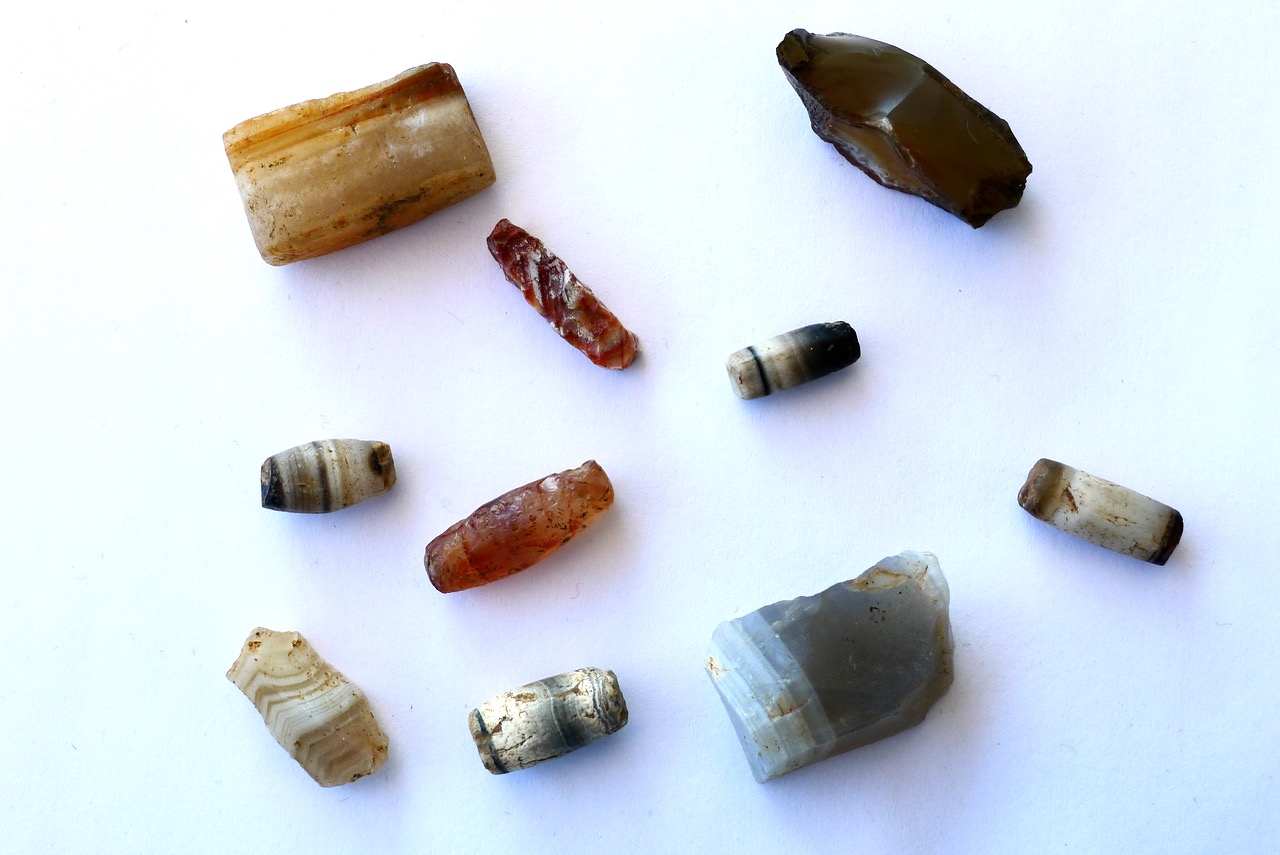| Tentative answer 4 Burma | |||||
| Re: What were the shops like where the treasured ancient beads of today were produced? -- art | Post Reply | Edit | Forum | Where am I? | |
03/17/2017, 15:28:05
Finally, thinking about your question, Art, makes me wonder if stone beadmakers had a different set of social references in the ancient world from that of glass beadmakers. Certainly, in terms of their own internal working relationships it seems to me there might well have been a more rigid hierarchy of tasks. Looking at the attached photo of ancient bead blanks from Burma, the first think that strikes me is just how much time-consuming work must have been involved in making a single stone bead. There are days or weeks of unimaginative labour in each of these blanks before it was decided, for one reason or another, not to bother with the even more time-consuming process of drilling a perforation. Children would have been employed for those tasks, and would have risen through the ranks according to their skill. It would have been several years before they reached a point at which they would be allowed to touch a successfully finished bead such as the agate one below. That whole production process, as I imagine it, would have generated a very different and more constricted micro-culture than the one that might have existed in Ban Chiang, for instance.
Whoever they were, and in whichever place, they would have had to be at their most skilled and productive by their early twenties. Life expectancy at birth in Ban Chiang, according to Pietruzewsky, was about 28 years, and Ban Chiang, remember, was a safer place to be than most other ancient cultures. Workplace pollution might have been the least of their concerns.
Images: bead blanks from Burma; agate bead from Suphan Buri, 31 m; all first millennium BCE.


All rights reserved by Bead Collector Network and its users
|